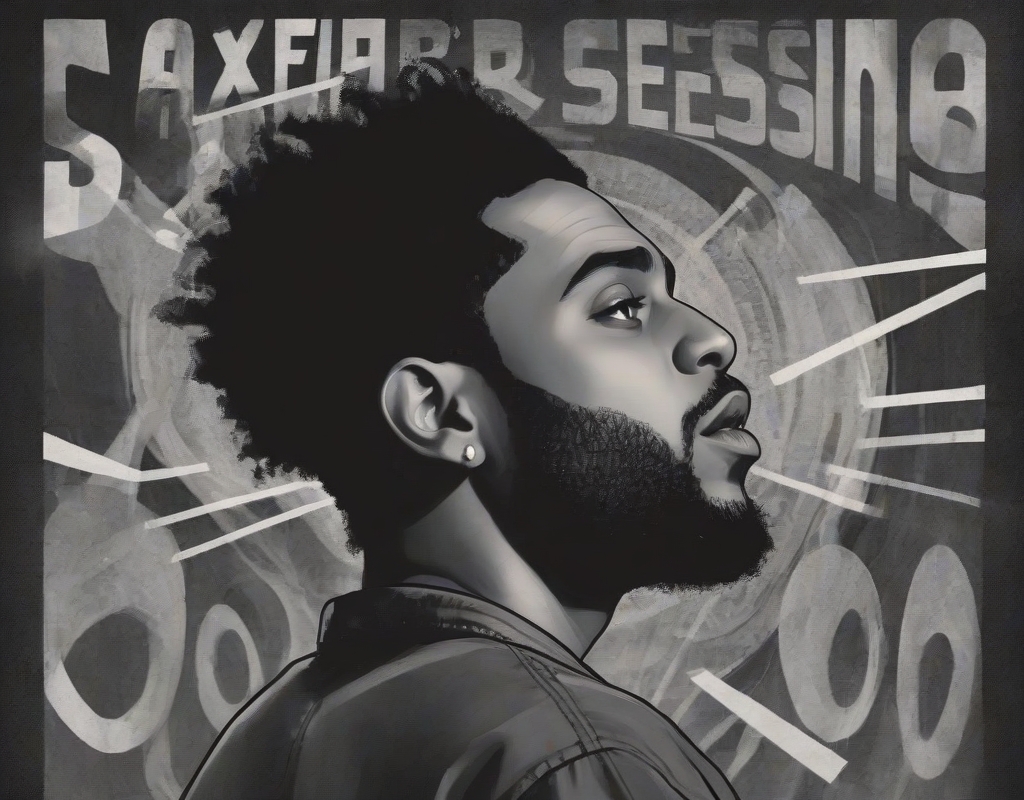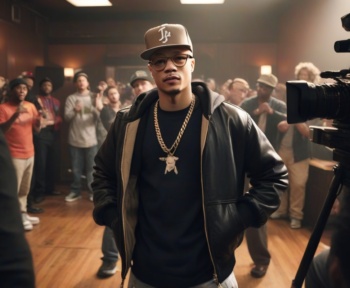Reggie Gibson, known professionally as Saafir, was a beacon of innovation in the hip-hop industry with roots deeply entrenched in Oakland, California. Not just a rapper but a symbol of resilience, Saafir’s early days in the 1990s were marked by his integration into the hip-hop scene with Digital Underground as a dancer. This role unfolded a series of opportunities that introduced him to influential figures, including Tupac Shakur. Sharing living quarters with Tupac, Saafir soaked up significant insights that would later sculpt his unique approach to music.
His debut into the music scene was both bold and avant-garde. Starting with his association with Hobo Junction, Saafir quickly made a name for himself, going on to collaborate with talents like Xzibit and Ras Kass in the Golden State Project. 1994 saw the release of his debut album, _Boxcar Sessions_. The album broke new ground with its experimental sound and complex lyrics, setting a distinct tone that was far from the mainstream tracks of the time. He continued this trajectory with subsequent albums like _Trigonometry_ in 1998 and _The Hit List_ in 1999.
Saafir’s musical influence was deeply intertwined with the elements of avant-garde jazz, drawing comparisons to luminaries such as John Coltrane and Miles Davis. His compositions were complex and challenging, pushing the limits of hip-hop’s traditional boundaries. Fellow musicians and critics lauded his ability to create what Xzibit described as “sonic landscapes,” a testament to his role as more than just a rapper but a creator of expansive musical experiences.
Beyond music, Saafir also ventured into acting, debuting in the 1993 film _Menace II Society_. His portrayal added authenticity to the film’s raw examination of inner-city strife, showcasing his versatile talents and earning him acclaim in the acting community. Although his filmography was not extensive, his performance in this role left a memorable impact that complemented his musical achievements.
Saafir’s journey, however, was not without its hardships. The early 2000s brought significant health challenges for the rapper, including a debilitating spinal condition that necessitated surgery and left him with lasting physical limitations. Nevertheless, Saafir’s resolve remained formidable. He continued to produce music and engage with his community, showing an admirable degree of perseverance. Throughout this time, he spoke openly about the trials he faced, imbuing his public persona with an evident strength and hopefulness. He inspired many by saying, “Creativity is what keeps the soul alive, no matter what the body is going through,” echoing the indomitable spirit he exhibited.
On November 19, 2024, the music world mourned the loss of Saafir at the age of 54. His death prompted a wave of tributes from across the hip-hop industry, with many expressing deep respect for his innovative contributions and unique spirit. His legacy is carried forward by his son, Saafir Gibson Jr., and his brother, Chop Black, who actively work to preserve and celebrate his body of work.
Saafir’s influence on the music industry and particularly in the hip-hop genre is indelible. He not only challenged the normative parameters with his artistic output but also inspired a new generation of musicians to pursue authenticity over conformity. Paying homage to his pioneering spirit, a 2024 Rolling Stone article highlighted him as more than just an artist, but as a visionary who explored new artistic dimensions.
Reflecting on his remarkable life, Saafir exemplified how personal struggle and professional prowess can intersect to forge a legacy rich with lessons on creativity and resilience. His narrative extends beyond his music and acting; it serves as a poignant reminder of the profound impact one person can have on broader cultural currents.
Today, Saafir’s influence continues to resonate through those he inspired and the music he left behind. As his family members uphold his artistic legacy, the essence of Saafir’s vision remains a beacon in the hip-hop community, ensuring his contributions will influence and inspire future generations. His story is not just one of artistic success but also one of overcoming adversity, underscoring the timeless relevance of his life and work in the cultural tapestry of our time.




